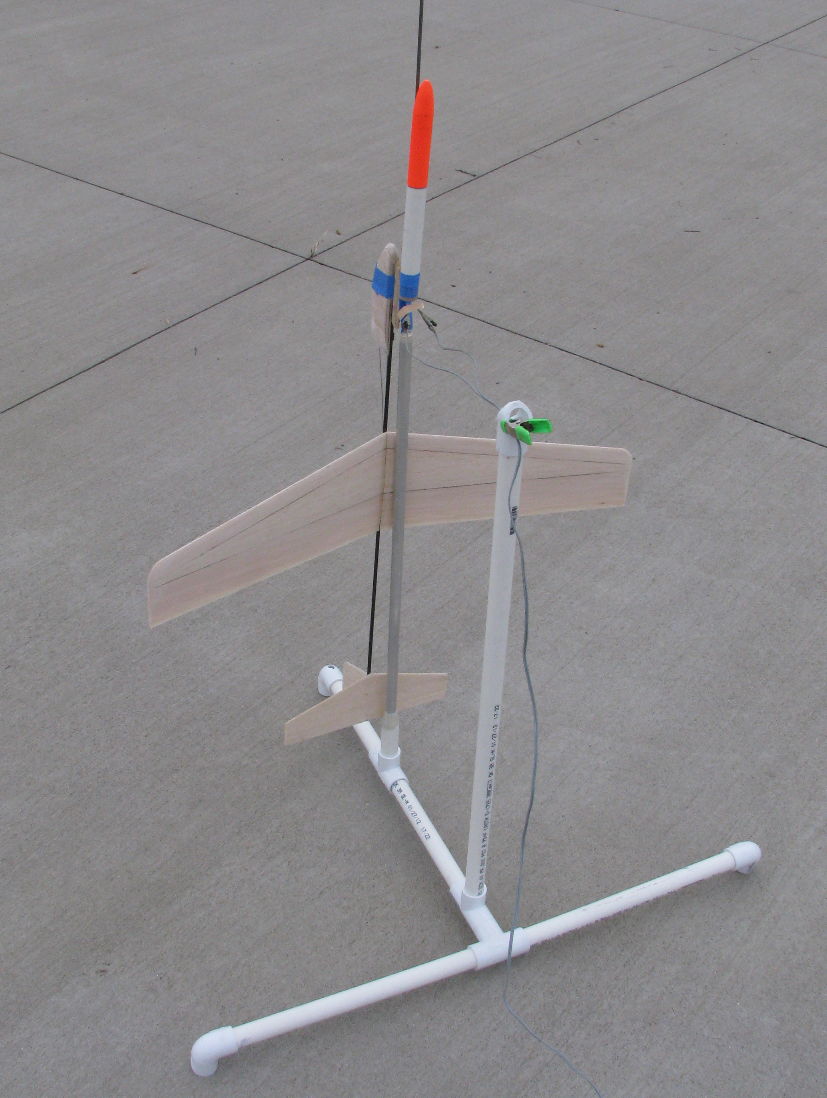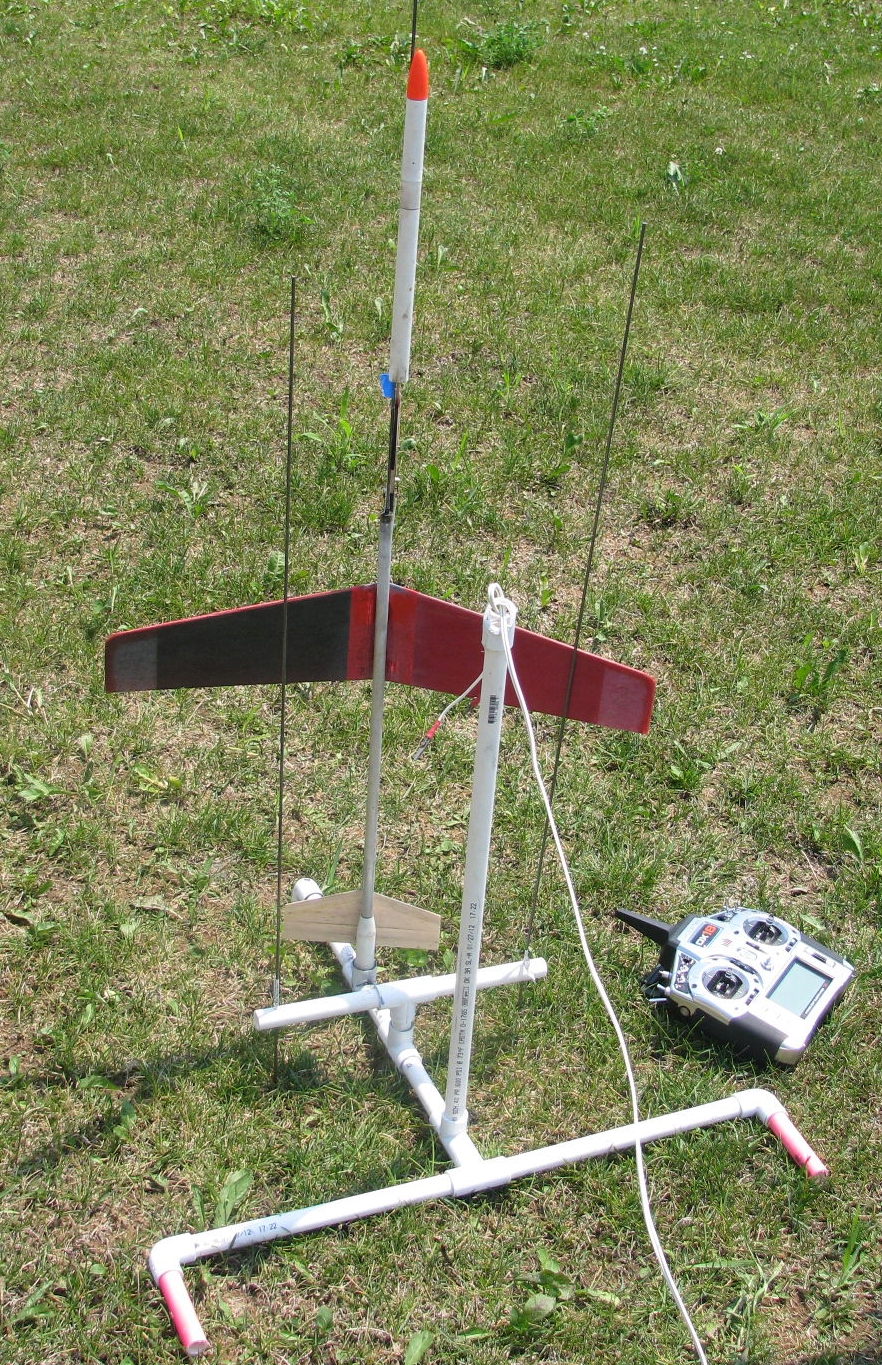brewster_rockit
Well-Known Member
- Joined
- Nov 22, 2014
- Messages
- 67
- Reaction score
- 12
I've been working on an Estes Tercel that should be ready to fly at my club's next launch. I did make a few modifications along the way:
--Added a motor hook to the motor pod
--Replaced the parachute with a short length of streamer
--Replaced the fuselage and pylon, made from two 1/16" pieces of balsa, with similarly-shaped fuselage and pylon made from 1/8" basswood. (I could have probably got away with 3/32" basswood and saved some weight, but I've had a bad history breaking the booms on my gliders!)
When packing my motor tube, it seemed like there's an awful lot of shock cord for such a narrow body tube. Has anybody experienced problems getting a good ejection? Perhaps I should trim the shock cord a bit? (It's good to see that Estes has finally responded to all the criticisms of short shock cords and Estes-dents!)
Recommended motors from the packaging are 1/2A3-2T and A3-4T; instructions also list A10-3T. A3-4T seems like too long of a delay, and 1/2A3 might be too little thrust for a fairly heavy glider. (I had a bad experience pranging my Estes Dragonfly on a 1/4A3-3T that barely got off the launch pad, so I definitely want to have enough thrust to spare!) Any suggestions on a motor? I'm definitely leaning A10-3T due to the short delay and initial thrust spike.
--Added a motor hook to the motor pod
--Replaced the parachute with a short length of streamer
--Replaced the fuselage and pylon, made from two 1/16" pieces of balsa, with similarly-shaped fuselage and pylon made from 1/8" basswood. (I could have probably got away with 3/32" basswood and saved some weight, but I've had a bad history breaking the booms on my gliders!)
When packing my motor tube, it seemed like there's an awful lot of shock cord for such a narrow body tube. Has anybody experienced problems getting a good ejection? Perhaps I should trim the shock cord a bit? (It's good to see that Estes has finally responded to all the criticisms of short shock cords and Estes-dents!)
Recommended motors from the packaging are 1/2A3-2T and A3-4T; instructions also list A10-3T. A3-4T seems like too long of a delay, and 1/2A3 might be too little thrust for a fairly heavy glider. (I had a bad experience pranging my Estes Dragonfly on a 1/4A3-3T that barely got off the launch pad, so I definitely want to have enough thrust to spare!) Any suggestions on a motor? I'm definitely leaning A10-3T due to the short delay and initial thrust spike.






